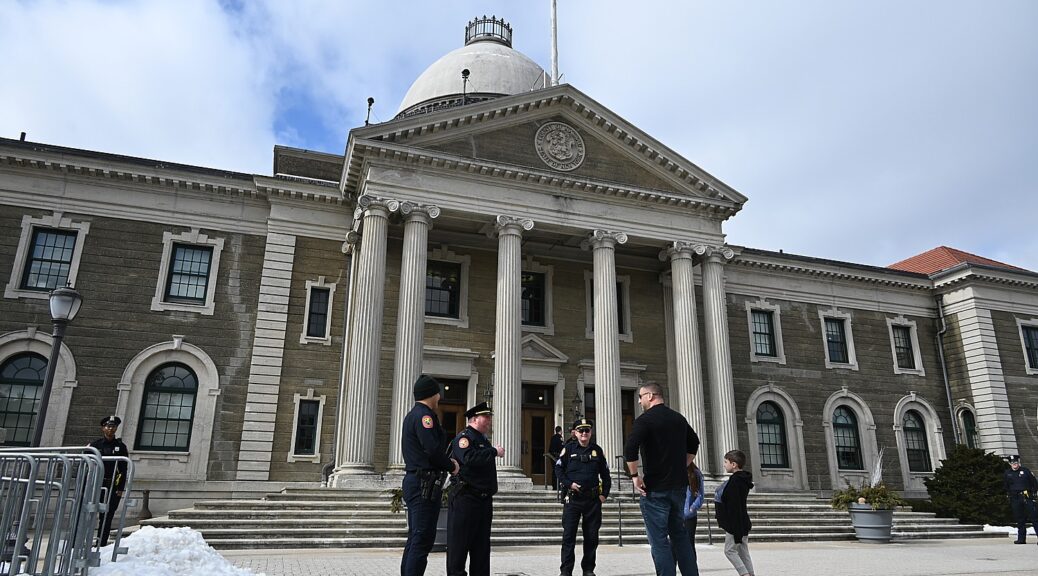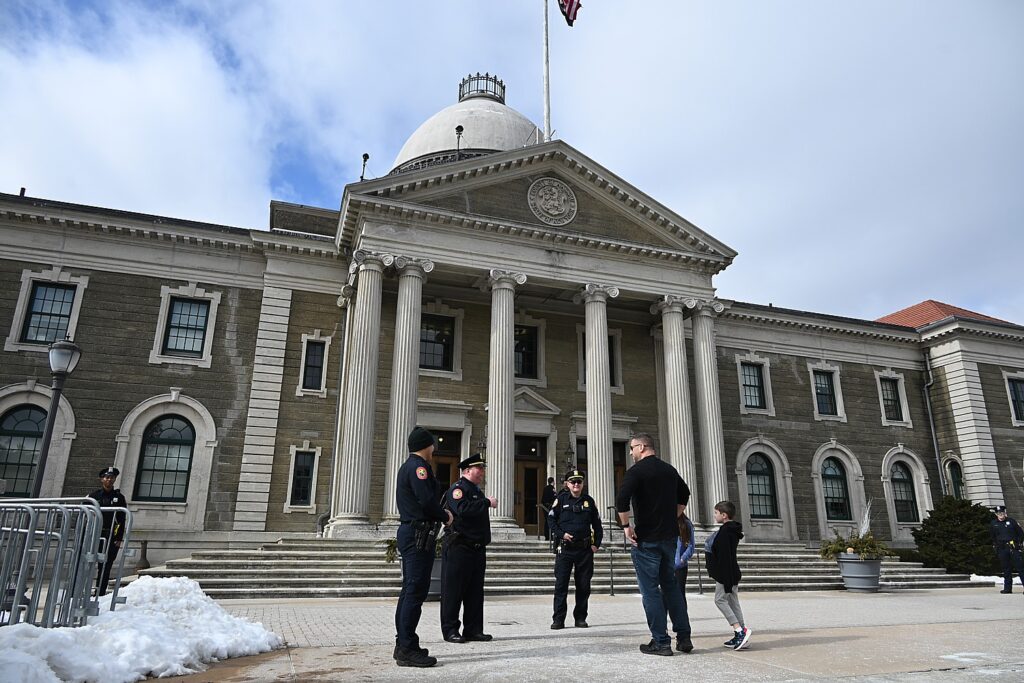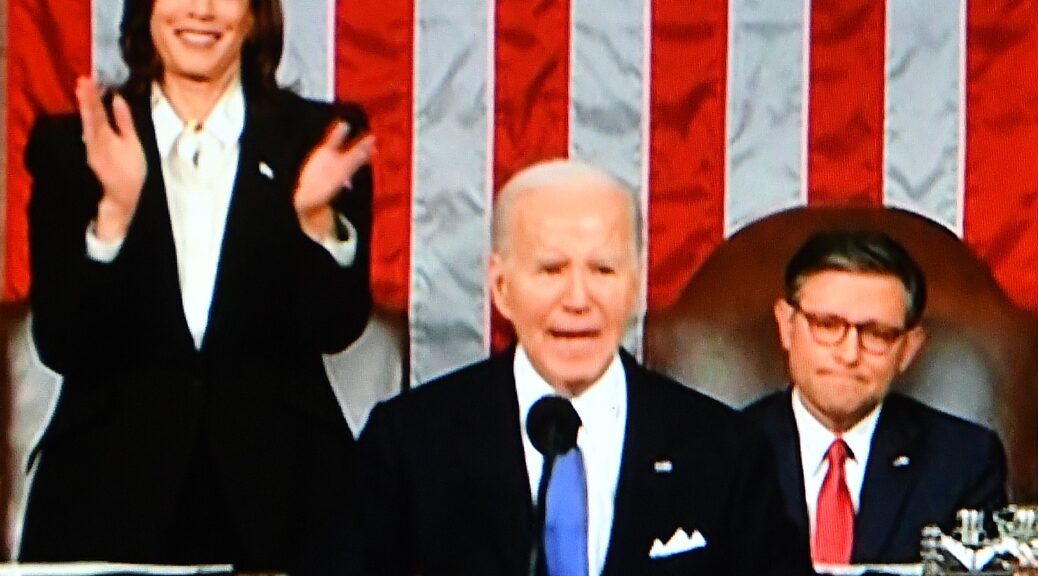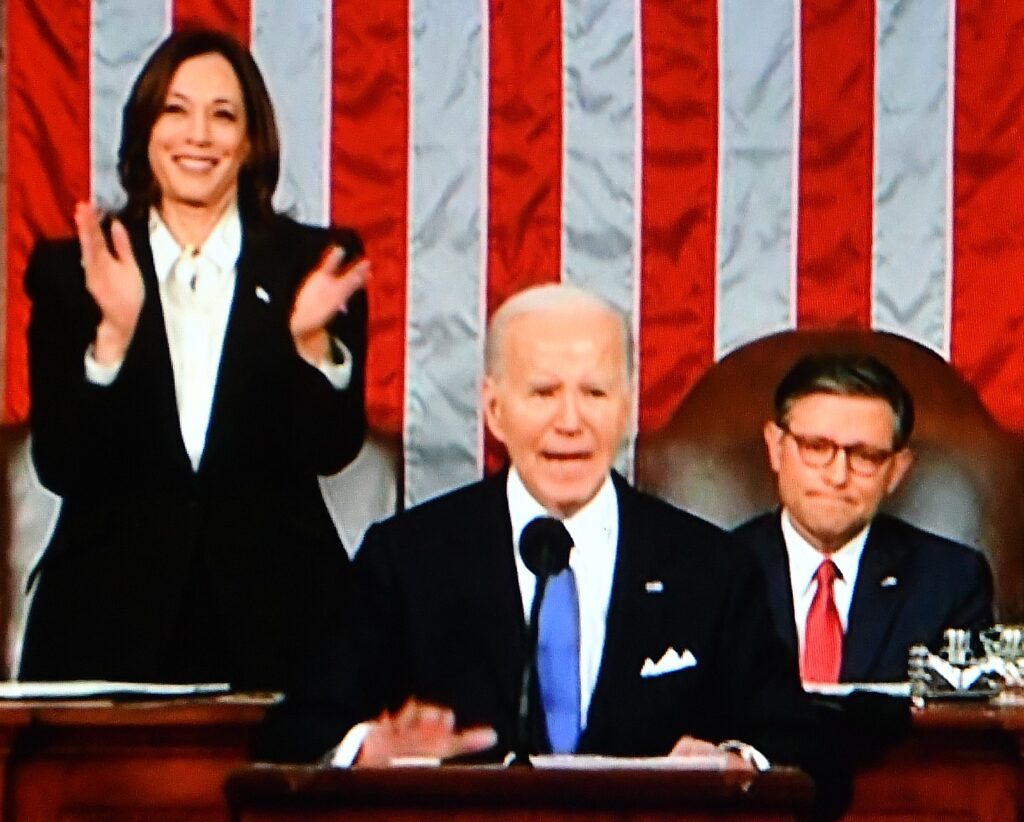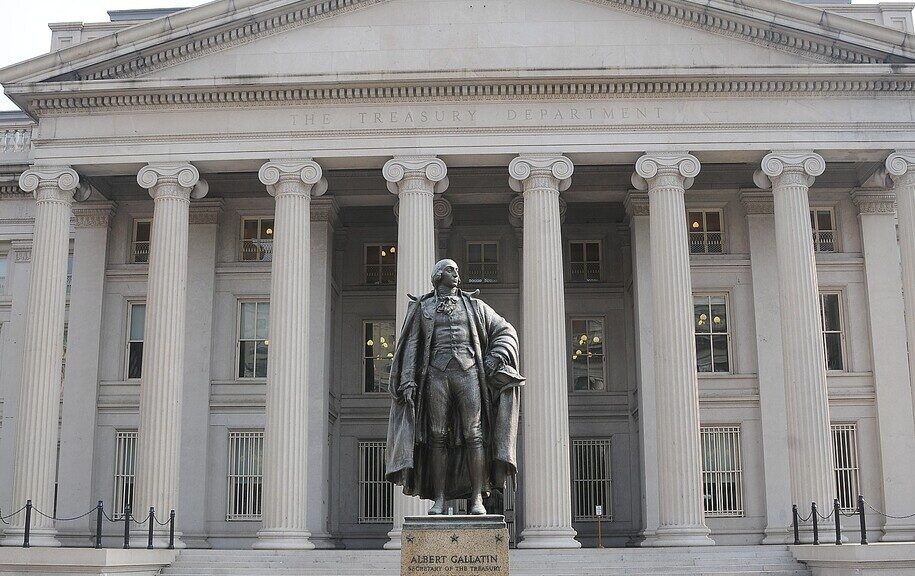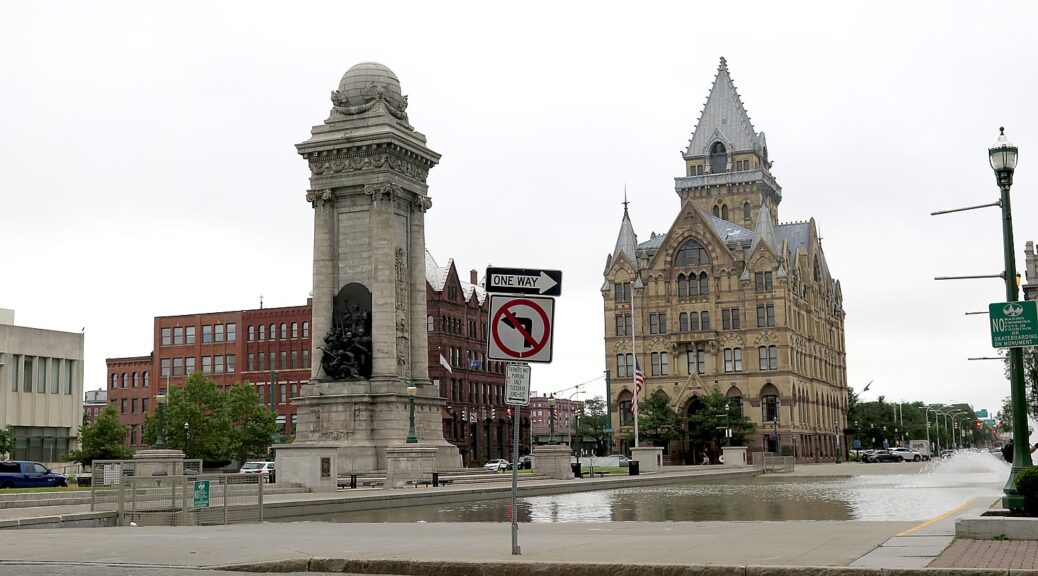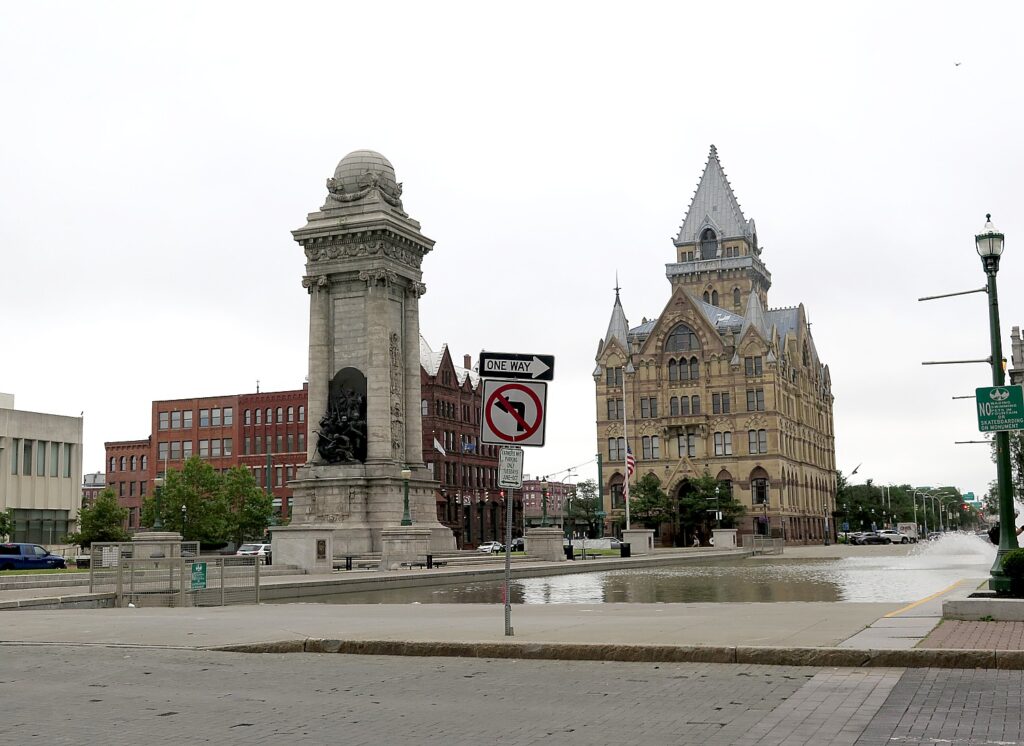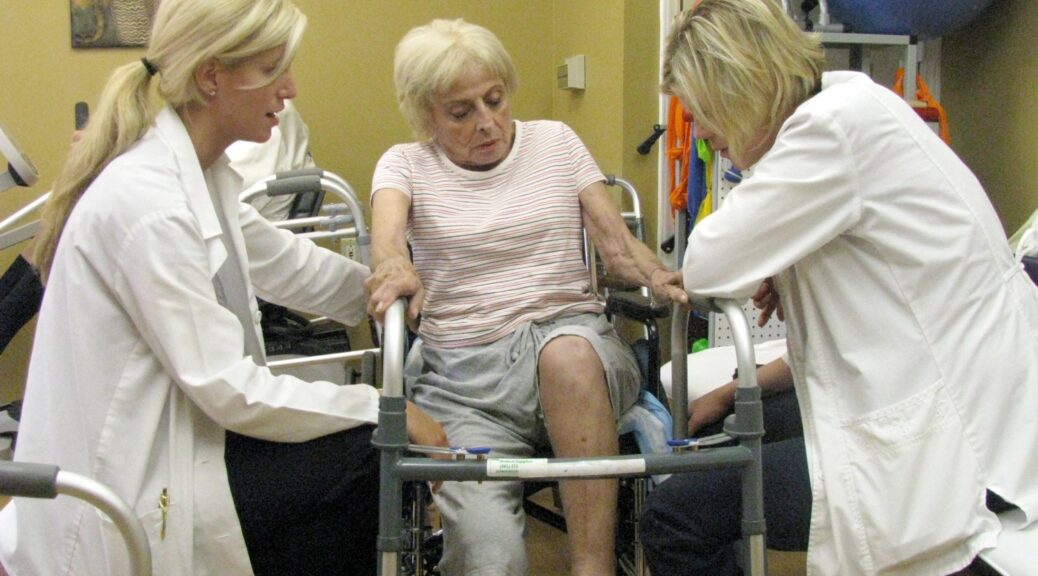Funding catalyzes $100 billion in private investment from Intel to build and expand semiconductor facilities in Arizona, Ohio, New Mexico, and Oregon and create nearly 30,000 jobs. Here’s a fact sheet from the White House:
President Biden traveled to Chandler, Arizona, on March 20 to visit Intel’s Ocotillo campus and announce that the Department of Commerce has reached a preliminary agreement with Intel to provide up to $8.5 billion in direct funding along with $11 billion in loans under the CHIPS and Science Act. The announcement will support the construction and expansion of Intel facilities in Arizona, Ohio, New Mexico, and Oregon, creating nearly 30,000 jobs and supporting tens of thousands of indirect jobs. During his visit to Arizona, President Biden will discuss the vision that he laid out in his State of the Union, underscoring how his Investing in America agenda is building an economy from the middle out and bottom up, creating good-paying jobs right here in America, strengthening U.S. supply chains, and protecting national security.
Semiconductors were invented in America and power everything from cell phones to electric vehicles, refrigerators, satellites, defense systems, and more. But today, the United States produces less than 10 percent of the world’s chips and none of the most advanced ones. Thanks to President Biden’s CHIPS and Science Act, that is changing. Companies have announced over $240 billion in investments to bring semiconductor manufacturing back to the United States since the President took office. Semiconductor jobs are making a comeback. And thanks to CHIPS investments like the one today, America will produce roughly 20% of the world’s leading-edge chips by the end of the decade.
The announcement is critical to realizing President Biden’s vision to reestablish America’s leadership in chip manufacturing. In particular, this CHIPS investment will support Intel’s construction and expansion projects across four states and will create nearly 30,000 jobs:
- Chandler, Arizona: Funding will help construct two leading-edge logic fabs and modernize one existing fab, significantly increasing manufacturing capacity to produce Intel’s most advanced semiconductors in the United States. This investment will create over 3,000 manufacturing jobs, 7,000 construction jobs, and thousands of indirect jobs. Intel’s investment in Arizona is among the largest private sector investments in the state’s history.
- New Albany, Ohio: Funding will establish a new regional economic cluster for U.S. chipmaking with the construction of two leading-edge logic fabs. This investment will create 3,000 manufacturing jobs, 7,000 construction jobs, and an estimated 10,000 indirect jobs. Intel’s investment in Ohio is the largest private-sector investment in the state’s history.
Rio Rancho, New Mexico: Funding will support the nearly complete modernization and transformation of two fabs into advanced packaging facilities, where chips are assembled together to boost their performance and reduce costs. Advanced packaging is critical for artificial intelligence (AI) applications and the next generation of semiconductor technology. It also allows manufacturers to improve performance and function and shorten the time it takes to get many advanced chips to market. When completed, these facilities will be the largest for advanced packaging in the United States. This investment will create 700 manufacturing jobs and 1,000 construction jobs.
- Hillsboro, Oregon: Funding will expand and modernize facilities to increase clean-room capacity and utilize advanced lithography equipment, further strengthening this critical innovation hub of leading-edge development and production in the United States. This investment will support several thousand new permanent and construction jobs and thousands of indirect jobs.
Creating Good-Paying and Union Jobs with Good Benefits Across America
President Biden promised to be the most pro-worker, pro-union President in American history, and his Administration has committed to ensuring that workers have the free and fair choice to join a union and equitable training pathways to good jobs. As part of the Administration’s effort to connect workers with good-paying jobs created by the President’s Investing in America agenda, the White House announced five initial Workforce Hubs across the country – two of which have focused on building pipelines to good jobs in the semiconductor industry: Phoenix, Arizona, and Columbus, Ohio. And, last year, the National Science Foundation and Intel announced $100 million to expand semiconductor workforce training opportunities, education, and research across the nation.
Under their preliminary agreement with the Department of Commerce, Intel has committed to work closely with workforce training providers (e.g., educational institutions, state and local agencies, labor unions) to develop and train workers for jobs created by the investment announced today. The Ohio State Building Trades signed a Project Labor Agreement (PLA) for the Ohio construction site, and there is a majority-union construction crew in both the Arizona and Oregon sites. The Administration strongly supports workers’ right to organize and expects Intel to continue its longstanding tradition of creating good jobs and respecting workers’ rights, including expecting Intel to neither hold mandatory captive audience meetings nor hire anti-union consultants.
The announcement today also includes significant funding to train and develop the local workforce, including $50 million in dedicated CHIPS funding. The focus of this funding will be further determined in the coming months based on the Department of Commerce’s labor and workforce priorities in partnership with the Department of Labor. Those priorities include funding workforce intermediaries and labor-management partnerships, promoting inclusive and equitable training and hiring across the construction and facilities workforces, and providing supportive services, such as child care. Intel’s construction spending is contributing to union apprentice programs across all four sites—expected to amount to over $150 million in apprenticeship contributions. Additionally, Intel has committed to providing affordable, accessible, high-quality child care for its workers across its facilities. Intel will be increasing the reimbursement amount and duration for its back-up care program, adding additional access to discounted primary child care providers, and expanding access to a vetted network of child care providers for its employees. In addition, Intel will pilot a primary child care reimbursement program for non-salary employees.
Strengthening Local Economies
Today’s announcement is also poised to strengthen the local economies of these states and cities, and is part of the President’s commitment to investing in all of America and leaving no community behind. Intel’s investments in Arizona and Ohio are among the largest private-sector investments in each state’s history, and Arizona has received the highest level of private sector manufacturing investment per capita of any state since the President took office. Intel’s investment in Arizona is expected to create tens of thousands of indirect jobs across suppliers and supporting industries – on top of the nearly 30,000 manufacturing and construction jobs it will create, fostering a more resilient semiconductor supply chain in the U.S.
In Arizona, Intel’s investments have grown the surrounding community, attracting opportunities for professional growth and upward economic mobility for everyone – from graphic designers to restaurants and small businesses. And in Ohio, Intel continues expanding their partnerships with local businesses to support their construction projects and operations at other facilities – growing from 150 Ohio-based suppliers in 2022 to over 350 today.
Intel has also prioritized sustainability and being responsible stewards of the environment at its facilities. It currently uses 100% renewable electricity in its fabs and factories in the United States, and plans to achieve net-positive water and zero waste to landfill by 2030.
Building on Historic Progress Under the CHIPS and Science Act
Today’s announcement is the fourth and largest preliminary memorandum of terms (PMT) under the CHIPS and Science Act:
- In February 2024, the Biden-Harris Administration announced $1.5 billion for GlobalFoundries to support the development and expansion of facilities in Malta, NY, and Burlington, VT.
- In January 2024, the Administration announced $162 million for Microchip Technology Inc. to increase its production of microcontroller units and other specialty semiconductors, and to support the modernization and expansion of fabrication facilities in Colorado Springs, CO, and Gresham, OR.
- In December 2023, the Administration announced $35 million for BAE Systems Electronic Systems to support the modernization of the company’s Microelectronics Center in Nashua, NH. This facility will produce chips that are essential to our national security, including for use in F-35 fighter jets.
President Biden’s Investing in America agenda – including the CHIPS and Science Act – is spurring a manufacturing and clean energy boom. Since President Biden took office, companies have announced over $675 billion in private sector investments in manufacturing and clean energy, and over 50,000 infrastructure and clean energy projects are underway. This announcement is part of the President’s broader commitment to build an economy from the middle out and bottom up, not the top down, and invest in all of America.



